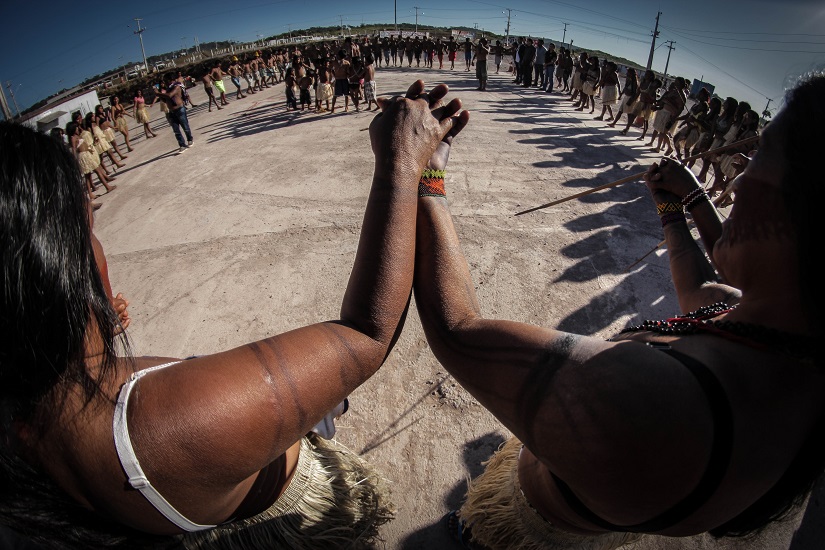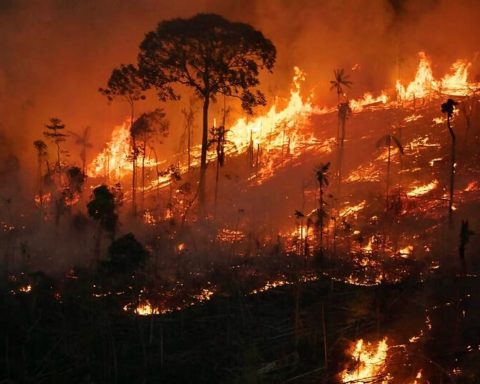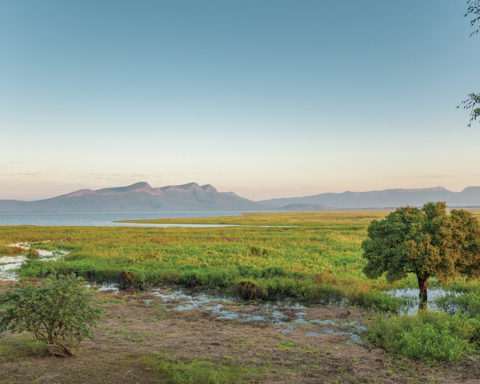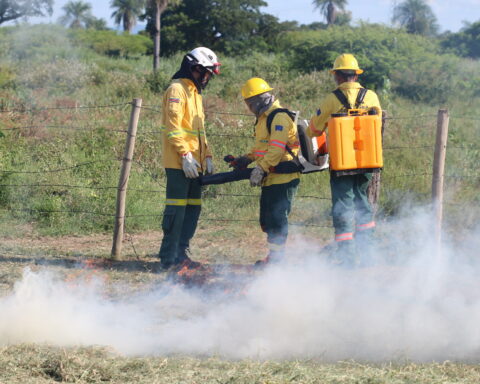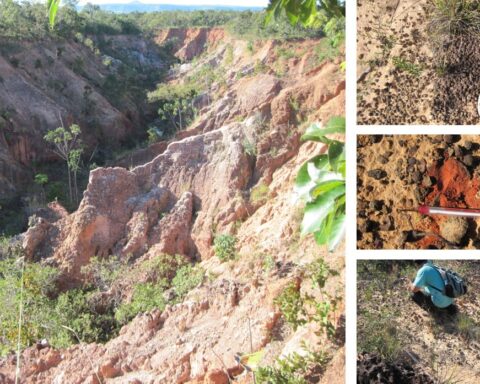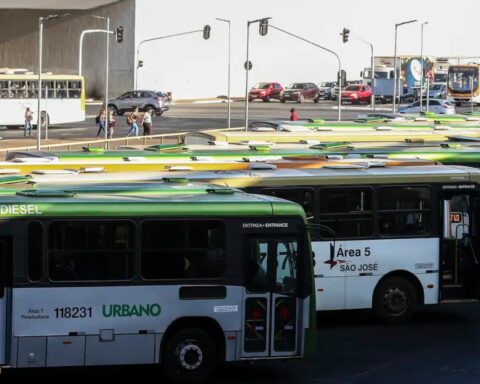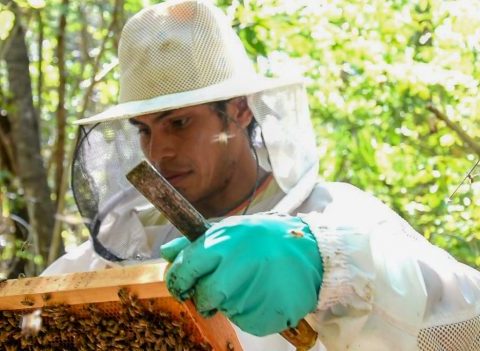Written by Carolina Juaneda in collaboration with Roberto Espinoza, Indigenous Peoples and Amazon Consultant.
During the 2021 Inter-American Development Bank (IDB) annual meetings, the IDB president, Mauricio Claver-Carone, announced the creation of a fund to support sustainable development of the Amazon region. The IDB stated that it will provide $20 million in seed capital to the fund, and Claver-Carone anticipated that there would be up to $1 billion in commitments to the fund. On March 31, the IDB Board approved the proposal to establish the Seed/Transitory Ordinary Capital Strategic Development Program (Seed/Transitory OC-SDP) which IDB will implement over 5 years. This program is part of the broader Amazon Initiative built upon four thematic pillars: bioeconomy; sustainable agriculture, livestock and forest management; human capital (health, education, and employment); and sustainable infrastructure and cities.
In principle, having additional funds to protect and conserve the Amazon Basin is good news. However, potential issues arise in how this initiative is structured, how it will be implemented, and the underlying interests promoting the fund. At first review, a fundamental problem with the proposal is that it makes many assumptions about how the IDB will support sustainable development in the Amazon and deliver this program, with very little evidence to support these assumptions.[1] Also, the proposal’s narrative has an optimistic bias that overestimates long-term benefits and undervalues potential environmental and social risks and impacts.[2]
In analyzing the proposal for the establishment of the Seed/Transitory OC-SDP for the Amazon, BIC identified the following shortcomings and concerns:
- Lack of consultation and joint dialogue with Indigenous Peoples (IPs) and Afrodescendants: The IDB developed the proposal for the Seed/Transitory OC-SDP without any documented consultations or dialogue with a broader network of stakeholders, particularly IPs and Afrodescendants. This is concerning since any initiative done in the Amazon should consider these groups as fundamental stakeholders in design and implementation. Instead of a proposal collaboratively designed with IP and Afrodescendants, this proposal is the result solely of discussions between the IDB management and country-level policymakers (ministers and presidents) from the Amazon countries, along with some private sector actors. Although the IDB requires borrowers to host consultations with relevant stakeholders for project design and implementation, the IDB is not consistently following these requirements in their own practices.
- Lack of clear links between bioeconomy and protection of forest and forest peoples: The proposal introduces bioeconomy as one of the main thematic pillars shaping the Seed/Transitory OC-SDP.[3] While the potential value of bioeconomy products, processes, and services for the standing forest is enormous, much of this value is vulnerable to rapid destruction if the IDB does not take into account the full value of natural capital. Historically, Indigenous Peoples and Afrodescendants have demonstrated the knowledge, wisdom, and holistic vision to extract these products in a balanced way and manage the forest sustainably —in fact, Amazonian Indigenous cultures have been doing this for centuries. However, for the bioeconomy products that have market value, the intensive use and prioritization of industrialized products and greater additional extractive pressure on biodiversity products risk becoming major drivers of forest degradation, deforestation and forest pollution. The benefits of a focus on bioeconomy will depend on how the IDB operationalizes this pillar in specific projects and investments, but as presented, the risks far outweigh the likely benefits. In the proposal, the IDB does not even consider the extractive pressure of different private actors in the Amazon as a substantial risk that can undermine an already fragile ecosystem. These increased pressures can lead to unwelcome and perverse results, especially when the IDB is also considering creating a Bioeconomy Fund to attract private investments in biobusiness and forest management, and the IDB Lab has created a trust fund to support bioeconomy startups. The IDB should work with IPs and Afrodescendants to both support, and benefit from, the indigenous perspective of bioeconomy and identify ways in which this approach can potentially be harmonized with the bioeconomy prioritized by the private markets.
- Strong overreliance on the private sector and underestimation of the risks of infrastructure: The proposal claims that the role of the private sector is pivotal for the operationalization of the Seed/Transitory OC-SDP for the Amazon. This is particularly explicit with the creation of an Amazon Entrepreneurial Network to strengthen private sector participation in sustainable and inclusive opportunities in the Amazon. The main assumption in the proposal is that the private sector is engaged in efforts and investments that “will contribute to the sustainable and inclusive development of the region.” However, there is no data or evidence to support that assumption. On the contrary, the extractive pressure of the private sector has been the main driver of forest degradation and deforestation in the Amazon in sectors such as cattle ranching, agribusiness, timber, and mining. These sectors, especially when promoted by external investors, are also regularly tied to increasing levels of social conflict.
- Lack of emphasis on land regularization and land tenure security: It is concerning that the program aims to promote bioeconomy and agriculture without prioritizing land rights and tenure. Evidence and data show that deforestation is lower in Indigenous Peoples’ territories when their land tenure is secure and protected. In the Amazon, there are more than 100 million hectares of land that still need to be titled for IP and another million hectares for Afrodescendants [4], yet the IDB is not prioritizing land titling in this initiative. Again, IP and Afrodescendants (quilombos, palenques, caboclos, marrons) seem to be left aside. The exclusion of this issue increases the risks of failure of this program.
The bottom line: The IDB has failed to recognize, and even less to prioritize, the protection of the Amazon biome and its Indigenous and Afrodescendant Peoples as central to the Amazon Initiative. Without such protection, the IDB’s proposed program for the Amazon appears ill-suited to avoid, minimize, and mitigate deforestation and forest degradation that infrastructure and private investments have so often caused in the Amazon.
As the IDB works to support the COVID-19 recovery and increase engagement around sustainable and inclusive development in the Amazon, it needs to put IP and Afrodescendants at the center of the Amazon Initiative. The IDB should work collaboratively with these actors and other relevant stakeholders to strengthen and improve the Amazon Initiative and the Seed/Transitory OC-SDP for the Amazon.
To learn more about BIC’s work in Latin America, visit our website.
[1] See for example paragraphs 1.18, 1.23, 1.24, 1.25,1.26, 1.27, 1.28, 1.42c.
[2] See for example paragraphs 1.15, 1.29, 1.32, 1.38, 1.50, 2.6.
[3] Defined in the proposal (p. 7) as “the transformation, production, utilization and conservation of renewable biological resources – in this case, those of the Amazon’s rainforest and river systems – including related knowledge, science, technology, and innovation, to generate information, value-added products, processes and services in economic sectors aiming toward a sustainable economy.”
[4] These numbers are estimations of a study done by the Coordinator of Indigenous Organizations of the Amazon River Basin (COICA) in 2010.
